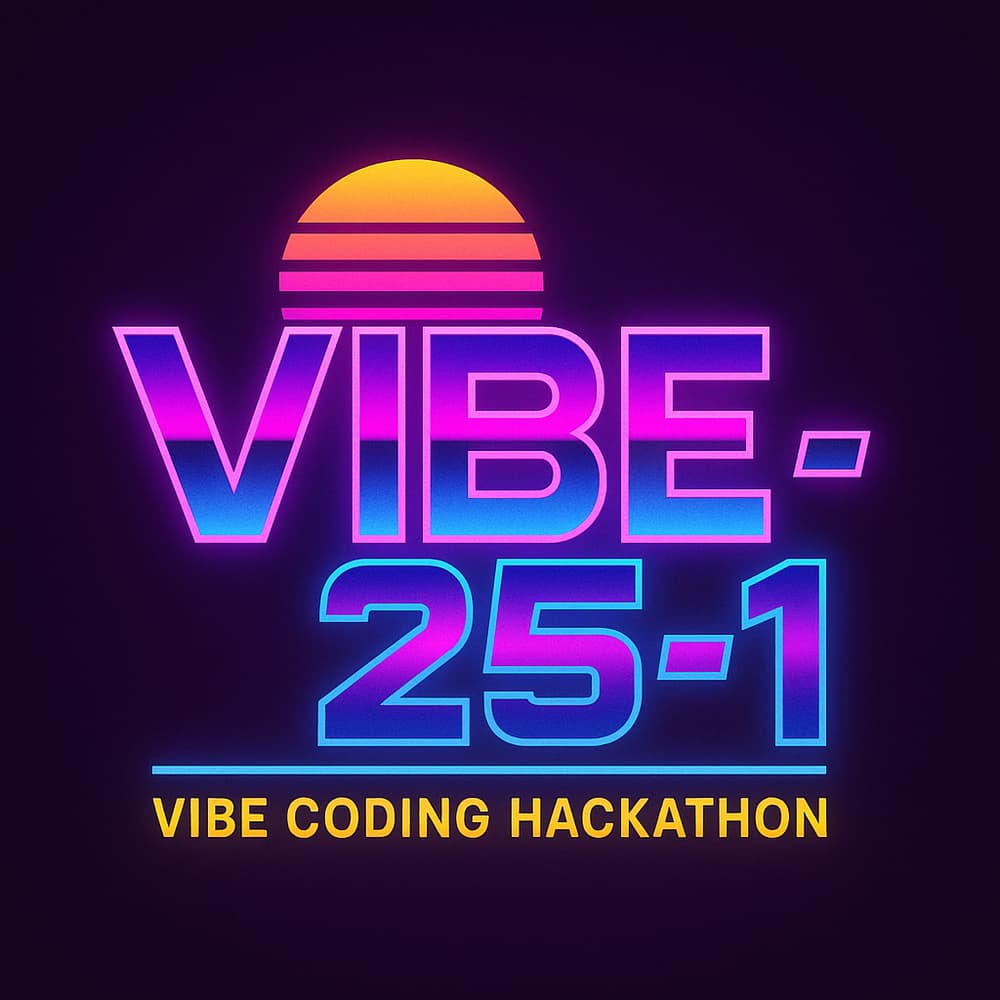Vibe Coding Hackathons Transform AI-Powered Prototyping
Vibe coding hackathons are transforming AI-powered prototyping, enabling rapid software development through community-driven collaboration and AI tools.

24-Hour ‘Vibe Coding’ Hackathons: The New Frontier of AI-Powered Prototyping
In an era where software moves from idea to prototype in hours, not weeks, a new breed of hackathons is capturing the imagination of developers, entrepreneurs, and digital creators. These events, known as vibe coding hackathons or Vibeathons, are rapidly becoming a global phenomenon, blending AI-assisted development with intense, community-driven collaboration. Participants—ranging from seasoned engineers to complete beginners—gather to tackle real-world problems, leveraging AI tools that translate creative vision into functional code with unprecedented speed.
What Is Vibe Coding?
Vibe coding is an emerging software development practice where creators describe the desired user experience—the “vibe”—rather than writing code line by line. Instead of specifying technical details, participants articulate the mood, purpose, and basic functions of their app or tool. AI platforms then generate a working prototype, which teams can refine through iterative prompting and light code editing. This approach dramatically lowers the barrier to entry, enabling marketers, designers, and non-technical founders to participate fully in the product development process.
The term was reportedly coined by AI researcher Andrej Karpathy in early 2025, reflecting a shift from traditional coding to a conversational, mood-driven workflow. As Karpathy described, the goal is to “forget that code even exists”—focusing instead on the problem to be solved and the experience to be created.
Inside a 24-Hour Vibe Coding Hackathon
Recent events in Singapore and Missouri have showcased the potential of vibe coding hackathons. In Singapore, a 24-hour hackathon brought together 400 participants, sponsored by leading AI firms like OpenAI and Anthropic. Teams formed around specific industry challenges, rapidly iterating from concept to demo using AI-powered tools. The atmosphere was intense yet inclusive, with experienced mentors and community partners providing real-world context and guidance.
Missouri’s first AI Vibe Coding Hackathon, organized by Codefi, emphasized accessibility and local impact. Participants—solo or in small teams—selected challenges posed by local businesses, then used “vibe coding” methods to transform ideas into working demos within a single day. The process was supported by a panel of judges and an AI judging system, with cash prizes awarded to the most innovative solutions. These events are intentionally designed to be open to all, regardless of prior coding experience, and are powered by partnerships with state technology and education bodies.
How Vibe Coding Unfolds in Practice
The typical vibe coding cycle involves several key steps:
- Idea Generation: Teams identify a problem or desired user experience.
- Prompting the AI: Creators describe the “vibe”—mood, user journey, core features—using natural language.
- AI Scaffolding: The platform generates a draft app with functional components.
- Iteration: Teams refine the prototype by tweaking prompts or editing code snippets.
- Deployment: With a click, the project goes live for user testing or demonstration.
This workflow enables rapid validation of ideas, with some teams producing working apps in just hours.
Tools and Technologies Powering the Movement
A growing ecosystem of AI-assisted development platforms underpins the vibe coding movement. These tools range from no-code app builders to advanced integrated development environments (IDEs) that interpret natural language prompts and generate substantial code segments. Popular stacks often include serverless web app frameworks, with many hackathon projects built on Typescript-based frontends. However, current tools are best suited for prototyping and MVPs, with limitations around complex backend integrations or external API connections.
The global market for AI development tools is projected to reach $15.7 billion by 2033, driven by demand for faster, more accessible software creation. Startups, in particular, are leveraging these platforms to reduce time-to-market and validate ideas without heavy upfront technical investment.
Industry Impact and Community Response
Vibe coding hackathons are more than just technical competitions—they are community-building exercises that democratize innovation. By lowering technical barriers, these events attract diverse participants, including digital marketers, product managers, and designers, who can now directly shape the tools they use. The emphasis on rapid prototyping and real-world problem-solving has resonated with both local businesses and global tech sponsors, eager to support the next wave of digital innovation.
James Stapleton, President and CEO of Codefi, captured the ethos of the movement: “Talent and opportunity shouldn’t be limited by geography. Vibe coding unlocks speed for anyone… to tackle any problem worth solving.” This philosophy is driving the expansion of Vibeathons beyond traditional tech hubs, ensuring that innovators in rural and underserved regions have access to cutting-edge resources.
Challenges and Considerations
While vibe coding accelerates prototyping, it is not a panacea. The quality and scalability of AI-generated code can vary, and human oversight remains critical for production-grade applications. Moreover, the current generation of tools is best suited for frontend or lightweight full-stack projects, with limitations around complex data processing or enterprise-grade integrations. As the field matures, expect to see advancements in AI’s ability to handle more sophisticated technical requirements.
The Future of Vibe Coding
The rise of vibe coding represents a fundamental shift in how software is conceived and built. By prioritizing creativity and user experience over technical minutiae, these hackathons are redefining the roles of developers and non-developers alike. As AI tools become more sophisticated, the line between idea and implementation will continue to blur, enabling faster innovation and broader participation in the digital economy.
For now, vibe coding hackathons stand as a vibrant testament to the power of community, creativity, and AI—a combination that is reshaping the future of software development, one prototype at a time.



